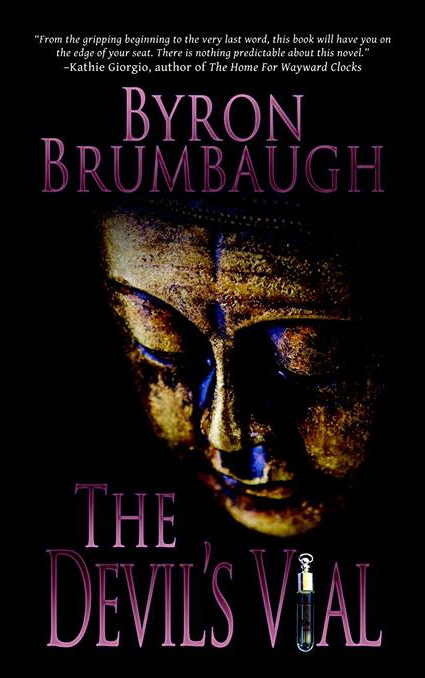The end of a melody is not its goal, but nevertheless, had the melody not reached its end it would not have reached its goal either. A parable.
-Friedrich Nietzsche
For six days, we floated down the Snake River through Hell’s Canyon. Hell’s Canyon… That’s a real misnomer. It is so peaceful down there. No roads, no cars, no planes overhead, no lawn mower racket and only a rare other human being (and they, too, were there for the peace and quiet). The only disturbance was the occasional jet-boat powering its way on the water. Other than that, we were bathed in the serenity born of bird song, plopping oars, river gurgling, chucking chukars, pleasant conversation and the warm glow of late summer sun warming us through deep blue skies. It’s not easy to get to, but once you’re there, it’s a place truly worth enjoying.
The ancient Indians must have thought the canyon had spiritual value. There are places where stone cliffs are still blackened from ancient fires. Many are next to artful displays of pictographs, now faded by the passage of as much as 10,000 years. Early stone-age man, perhaps even Clovis People, stood there and painted red and black (other colors may have been there, but are now faded and unseen) sawtooth lines and various geometrical figures of unknown significance. They, too, must have felt the sacred nature of the place, special enough to draw them there past the difficult trek through the rugged country. Looking at the traces they left behind, I couldn’t help but try to imagine what life might have been like for them. To try to feel what it was like to be an ancient hunter-gatherer trying to survive in that country and take time out from life’s struggle to leave a message behind that said, if nothing else, “I was here.” Indian tribes are still in the area, the Nimiipuu (Nez Perce) and Shoshone mostly, but are not now in the canyon itself.
The white man tried to use the Snake as a water artery leading to Boise, Idaho, and points east, but failed due to much of the river being unnavigable. A handful moved into the canyon to try to farm on the few flat spaces that would allow cultivation, but this proved not to be economical. Miners burrowed holes in the rock, looking for the big strike, but were frustrated by the minerals being too rare to justify the expense of ripping them from the Earth. Mother Nature herself put up obstacles that modern man couldn’t plunder as if to say, in good Tolkien fashion, “You may pass, but you shall not stay!” Now, the US Government owns the land and preserves it, as much as is possible, as a nearly pristine wilderness.
And it came to pass, that on the sixth day, we, too, had to depart from this land and return to life in the twenty-first century. We pulled the rafts up onto the boat-ramp just south of Asotin, removed our gear from the drybags and boarded an old mustard-yellow school bus for the ride into Asotin. It took a while — the road winds around through steep hills next to the river. In Asotin, Ron got his truck and took us back to Pullman. On the way, we stopped at a museum in Lewiston, Idaho, the Lewis and Clark Discovery Center, and learned more about their adventure in this part of the country. We also stopped at the Jack O’Connor Center – a memorial to a man who lived and ranged in the area, hunting big horn sheep. He also hunted in Africa and had many trophies mounted on the walls of the center. I’ve never been much of a hunter, although Bill and Gary were in their younger years. My idea of hunting uses a camera rather than a rifle, but it was interesting to see the culture once more that I was exposed to in Ethiopia in my youth.
The real treat came once we got to Pullman. A shower! I had been rinsed many times over the preceding six days, but to soap up in warm water and wash away all the sweat, grime and green-river residue that had accumulated after almost a week was bliss. We went out to dinner at a local pub, Rico’s, had a few beers and a good meal. That wasn’t so special, though, as America’s Rafting Company provided us with beer and good food on the river. The shower was the thing.
Next morning, we said our goodbyes – until the next adventure (yet to be defined) and boarded planes for home. Phyllis and I arrived in Boston in the afternoon and parted ways. I got in my car and drove to North Andover to pick up Waldo. It was dusk when I knocked at the door of the house where I left him. I heard a “Come in!” and pulled the door open. A ball of black, tan and white fur let out an excited whimper and lunged at me, wiggling his whole body in proper Waldo fashion. I tried to grab him and give him a hug and a pat, but he wouldn’t hold still. Then, in proper border collie style, the “been there, done that” demeanor, his attention went toward the outside he could see through the open door and we left. We got in our car and drove the hour it took to get home. Once there, we ate, took a walk around the grounds to make sure nothing had been moved from its proper place. Waldo confirmed it still smelled the same.
Yup, this is home.



